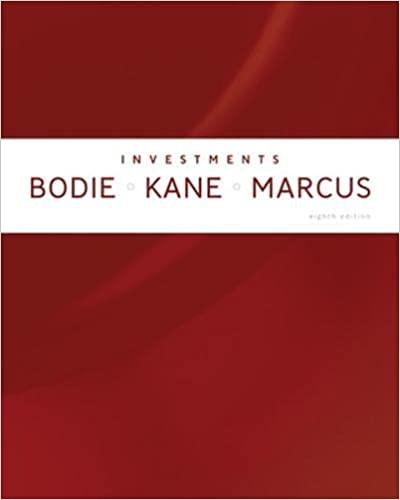Question
Forsyth of Canada is a manufacturer of mens dress shirts. Each mens dress shirt requires 19 separate pieces, which are cut by spreading many plies
- Forsyth of Canada is a manufacturer of mens dress shirts. Each mens dress shirt requires 19 separate pieces, which are cut by spreading many plies of fabric onto a long table, then a mechanical knife is guided by hand over an outline of the parts. Forsyth is considering the purchase of a laser cutter to make this process more efficient. Because the new machine is more precise than cutting by hand, the machine would result in annual savings of $375,000. Additionally, the use of the laser cutter would reduce the amount of overtime needed to keep up with the plant, resulting a savings of $57,000 per year.
The laser cutter and equipment cost $700,000. Delivery and set up for the machine cost $50,000 and training is another $40,000. The equipment does need software to operating it, but this can only be licensed for $45,000 annually, which is considered an operating expense. The equipment has a useful life of 10 years, but has a MACRS class life of 7 years. The equipment has no material impact on your balance sheet.
If Forsyth were to sell the laser cutter after 3 years for $400,000, what would be the tax implications and the terminal value? The companys tax rate is 30% (remember, they are in Canada). The MACRS 7-year class schedule is as follows: 14%, 24%, 18%, 13%, 9%, 9%, 8%, 5%. (4 points)
Step by Step Solution
There are 3 Steps involved in it
Step: 1

Get Instant Access to Expert-Tailored Solutions
See step-by-step solutions with expert insights and AI powered tools for academic success
Step: 2

Step: 3

Ace Your Homework with AI
Get the answers you need in no time with our AI-driven, step-by-step assistance
Get Started


